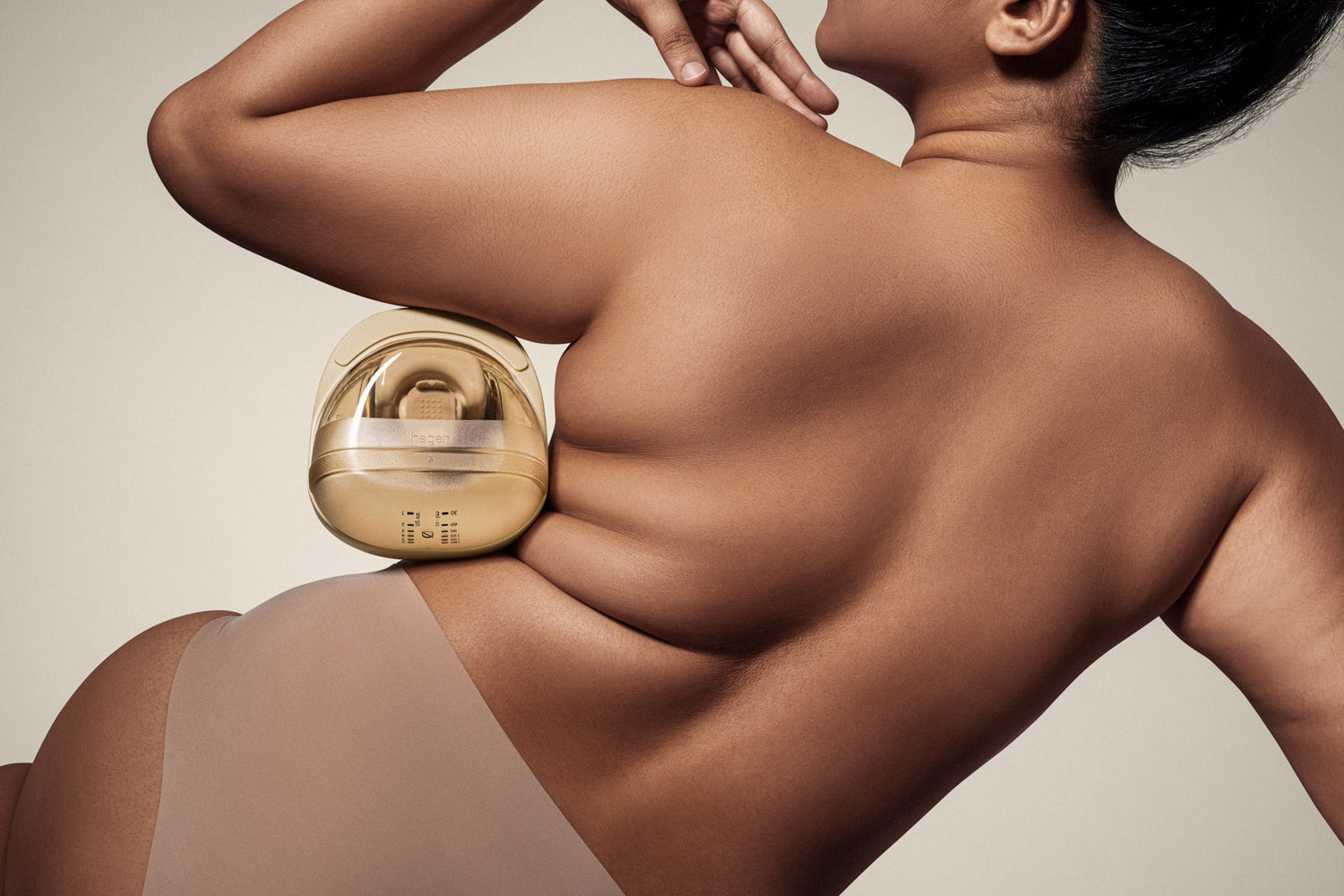We’ve all been there: Baby falling asleep at the breast just minutes after latching; or appearing to be hungry around the clock - leaving barely enough time for mama to catch some shut-eye!
For breastfeeding mums who allow their babies to exclusively breastfeed, it might be hard to tell how much milk is being consumed. More importantly, it’s tricky to figure out if bubs is drinking enough milk without always being able to gauge his intake from a feeding bottle.
Here are some tell-tale signs from fellow mums to check whether your baby has a healthy milk intake.
#1 Tipping the scales
While it’s perfectly normal for baby’s weight to vary right after birth, or even for newborns to lose a bit of weight (no more than 10 per cent of their birth weight) in the first couple of days, this newest addition to the family should regain his birth weight within a week or two. After which, your baby may grow by an average of 140g a day. If your baby is thriving and gaining weight, chances are he’s getting enough milk. Do check with your doctor if you are unsure about your baby’s growth.
#2 Motion detector
A dry diaper’s usually a cause for celebration for sleep-deprived parents. However, if your infant is not quite soiling or wetting his diaper as regularly as he should, it may signal a low intake of milk. After the first few days, your baby may have two to five bowel movements a day in the first six weeks, and stool should not be hard and dry. This is in addition to at least five to six wet diapers a day, three days after birth. Your infant’s “output” may vary, but if his diaper is consistently dry, you might want to closely monitor his milk intake. And as cringe-y as it sounds, it might also be worth taking note of the state of his poo: The consistency should be slightly runny and seedy.
#3 Know your baby
Infants may not be able to verbalise their emotions, but they aren’t ones to hide how they feel either. Does your little one look content after a feed? Or is he fussing — or, conversely, rather lethargic? If it’s the latter, he may not be feeding well — and it is worth checking if he is latching properly and getting enough milk. That said, some babies tend to be fussy for a variety of reasons, so do take note of other signs of low intake before worrying about your milk production. A healthy baby should also feed every one to four hours — so it’s a good idea to take baby’s lead and feed on demand at the newborn stage.
#4 Know your body
Do your breasts still feel full and slightly engorged even after baby is done feeding? Do your nipples look misshapen or pinched? If so, it’s possible that your baby has been suckling for comfort, but not properly latching on for a good feed. Talk to a lactation consultant about your concerns, and if need be, schedule a recap session to ensure that you and bubs are on track.
The bottomline is, you’re not alone if you’re worried about satisfying your baby’s appetite. But rather than give in to anxiety, always remember that a happy mum is always better at producing plenty of breastmilk. So tune out negative thoughts or unsolicited and unconstructive “advice” from relatives or friends, and listen to the needs of yourself and your new infant, to get right back on track.
PHOTO: Pexels





